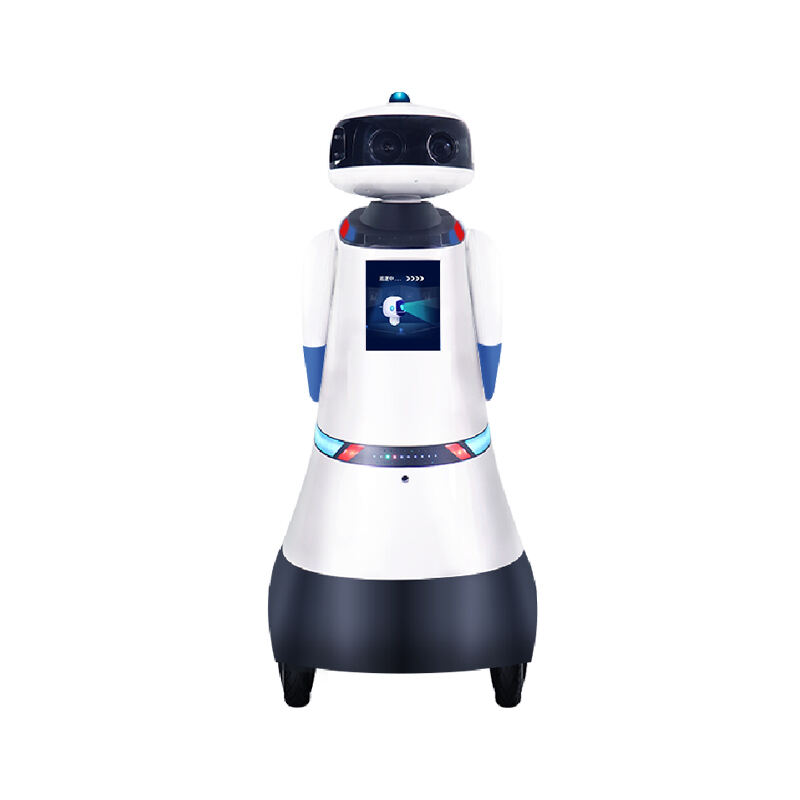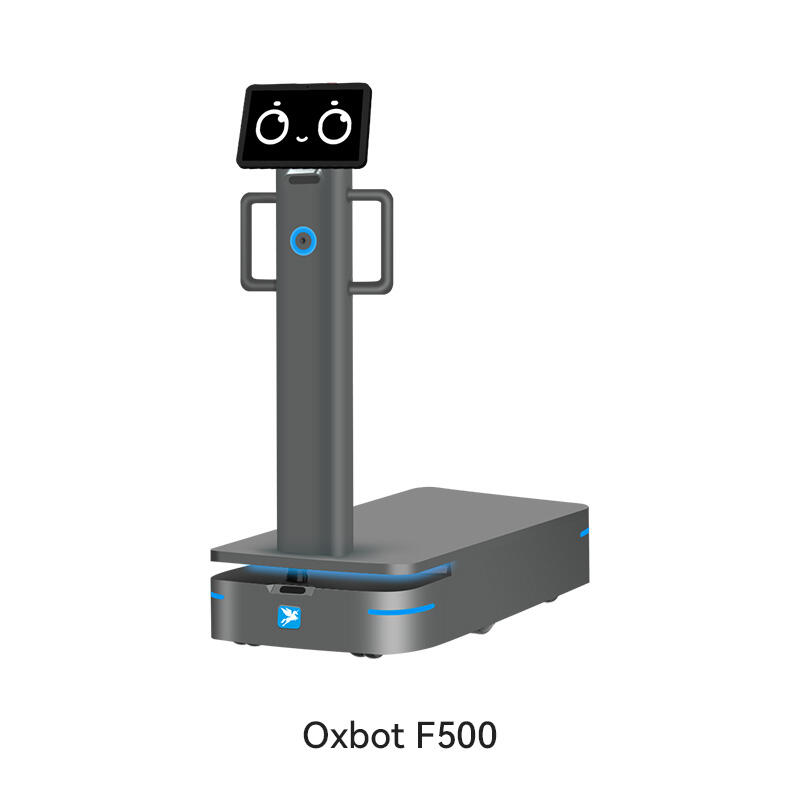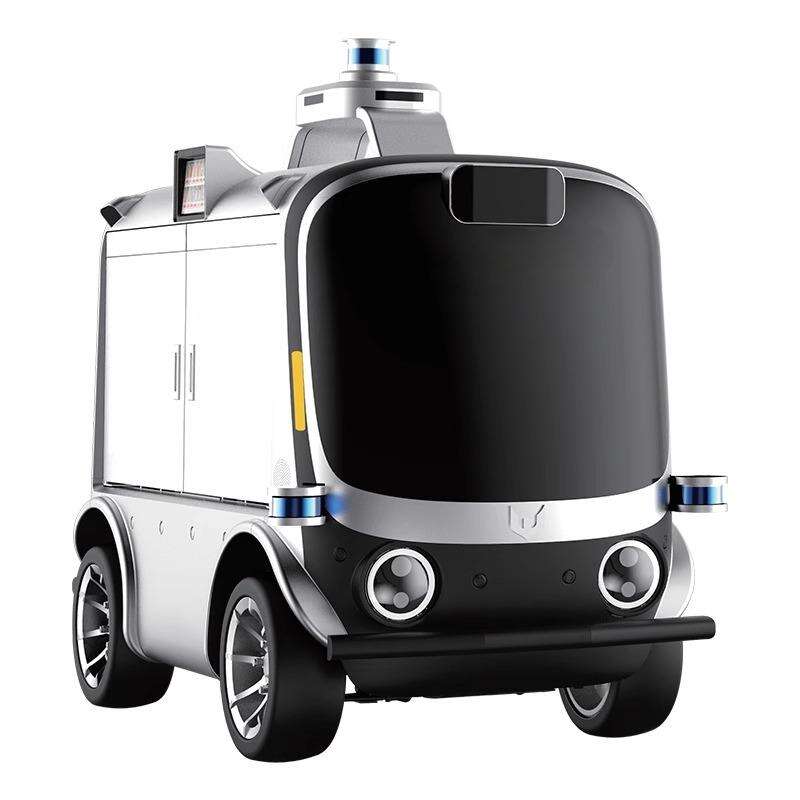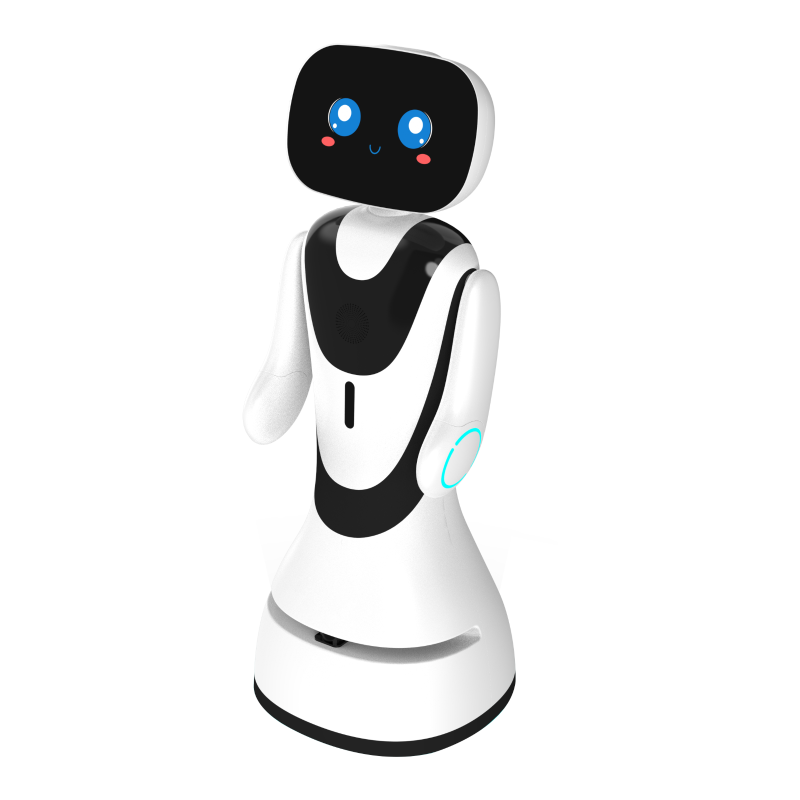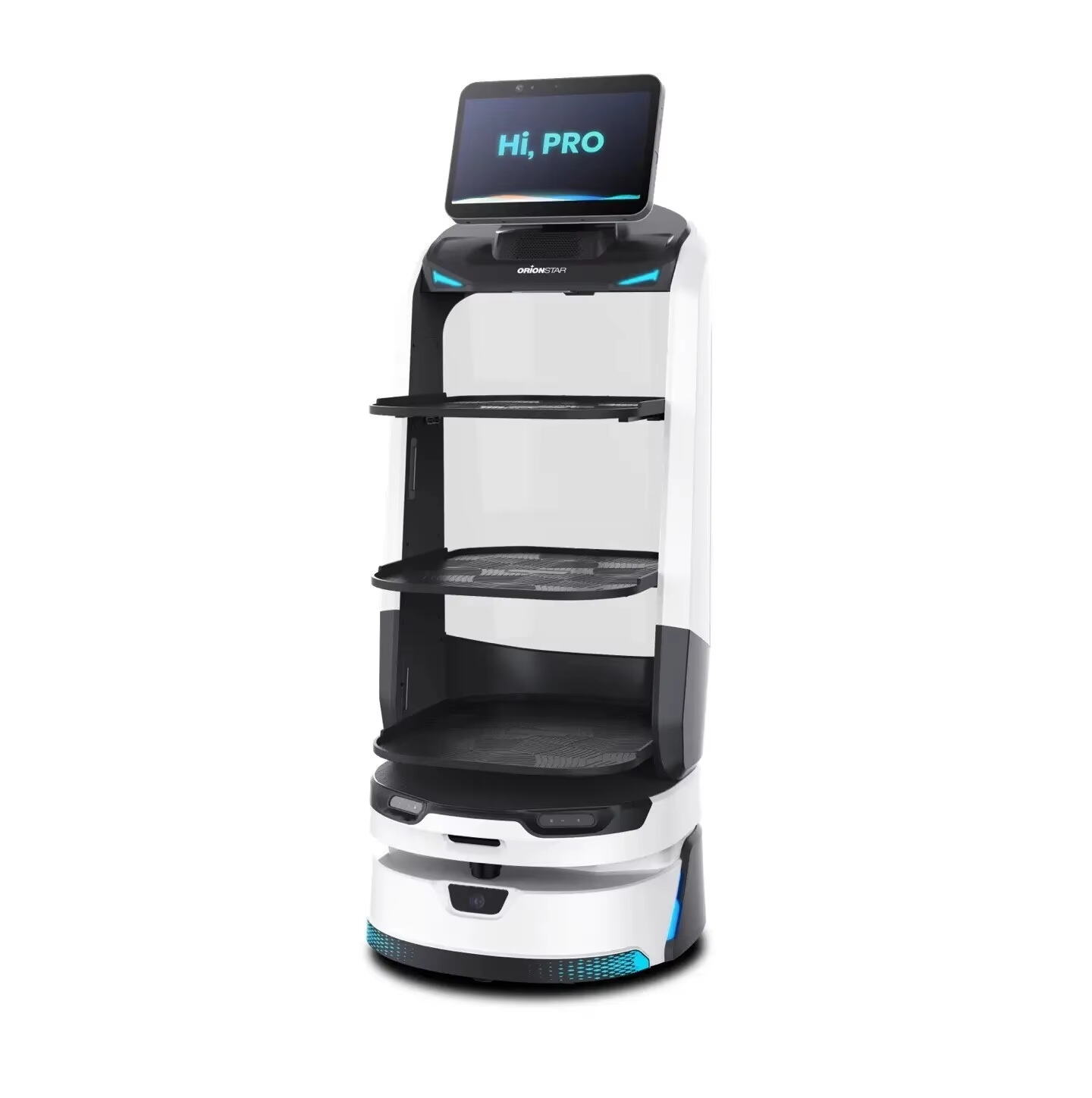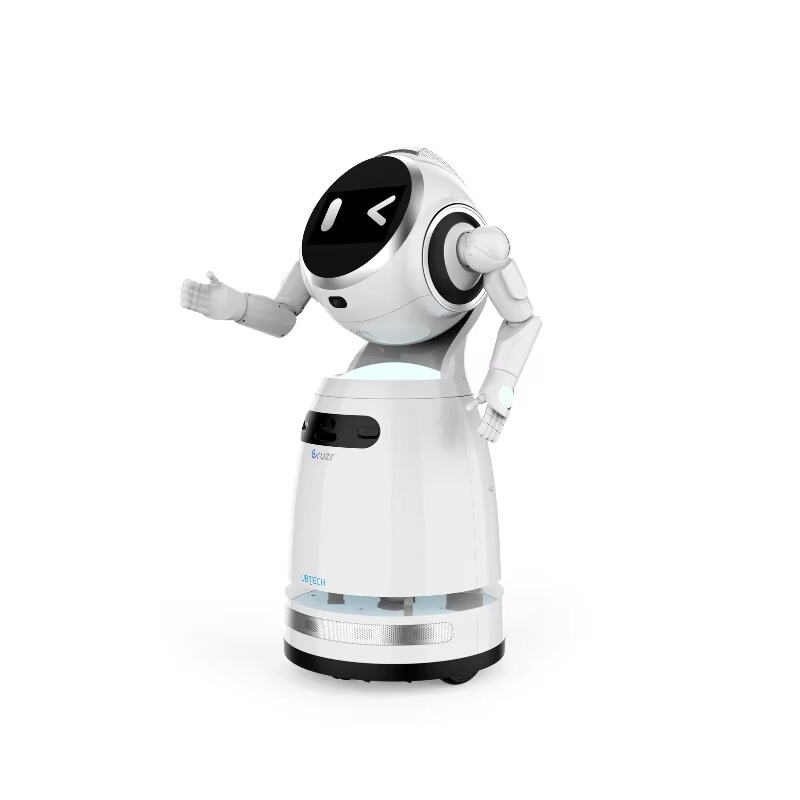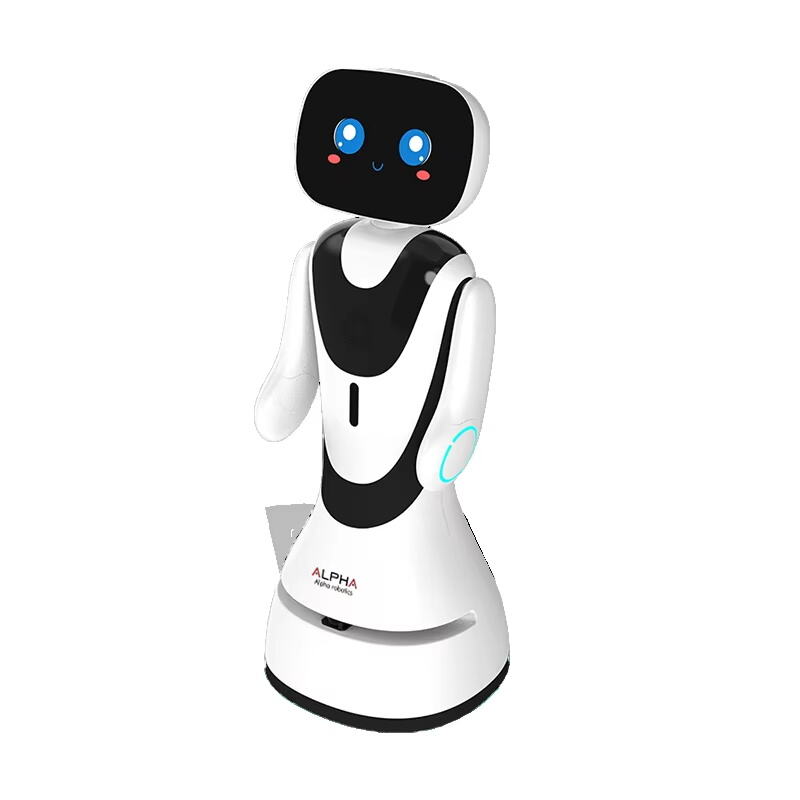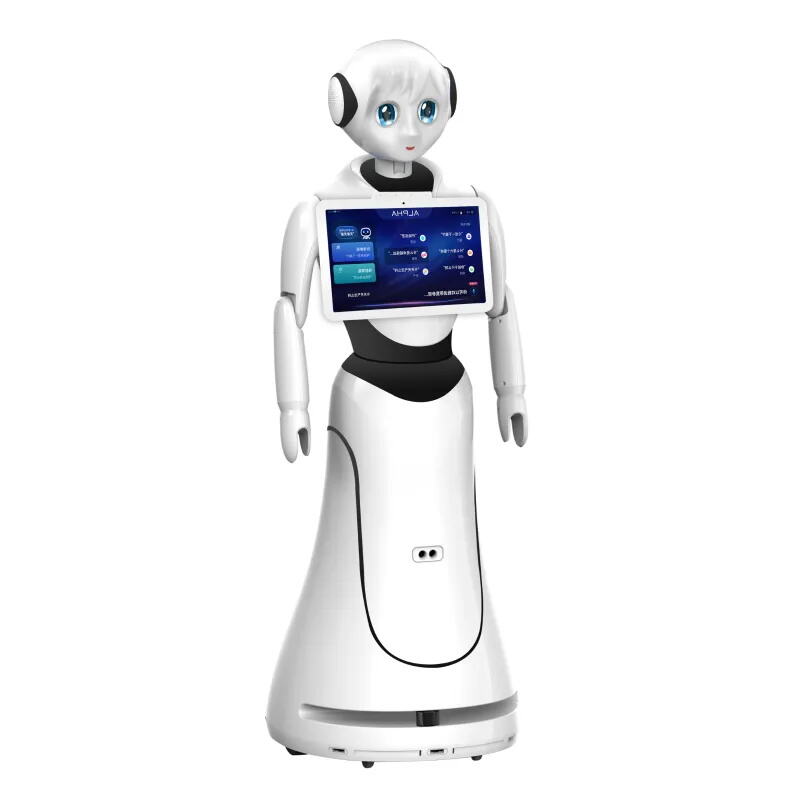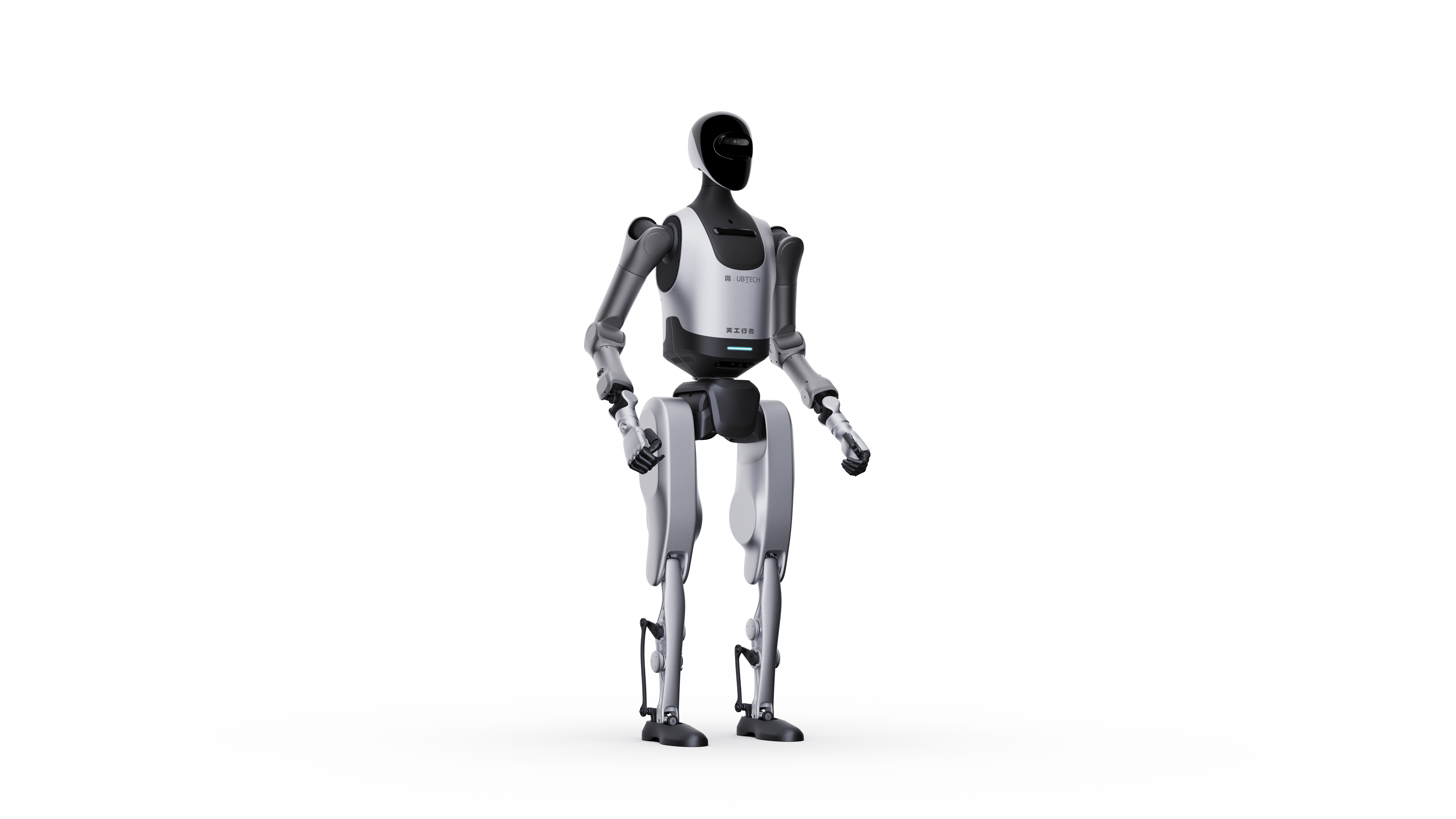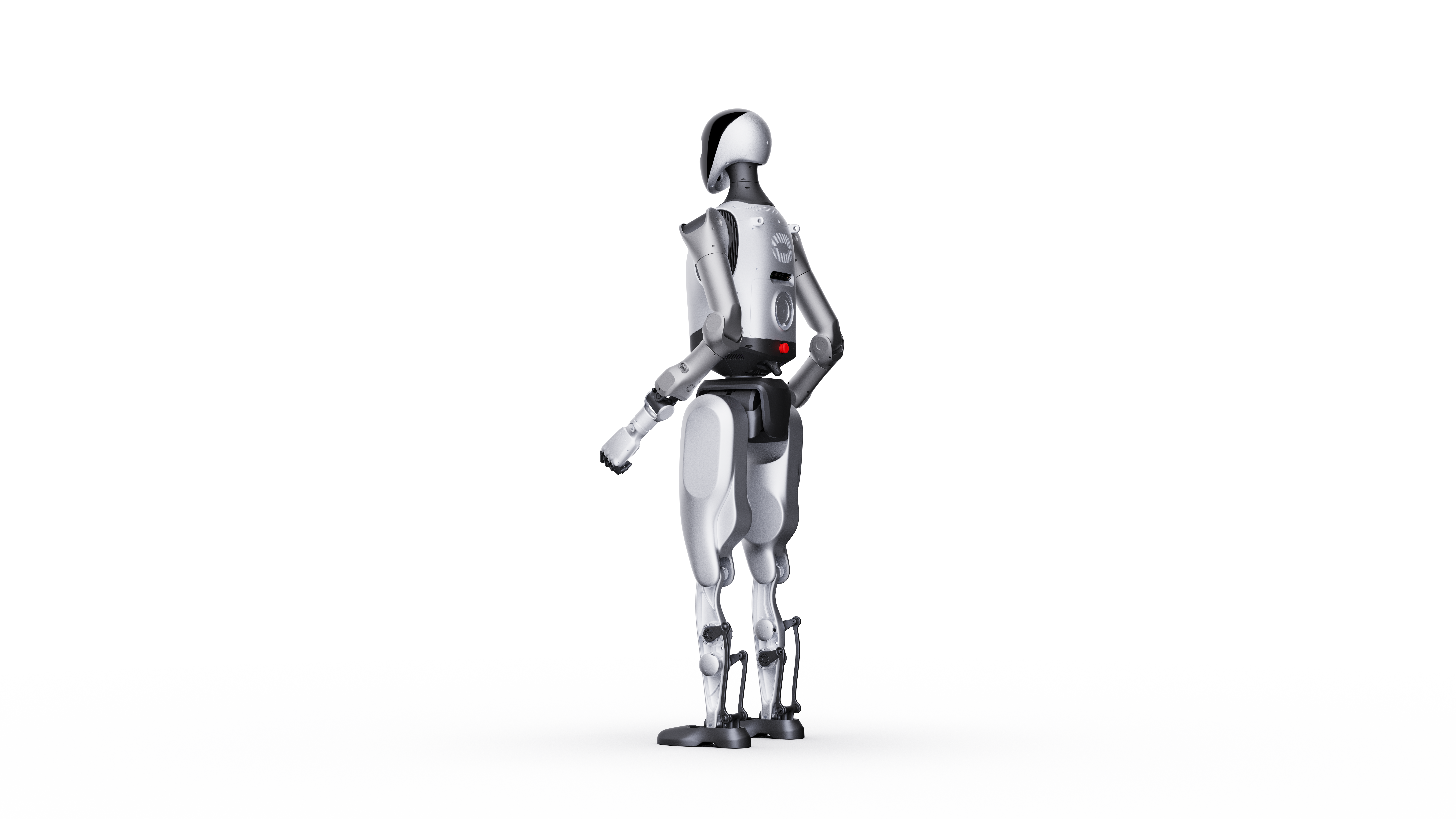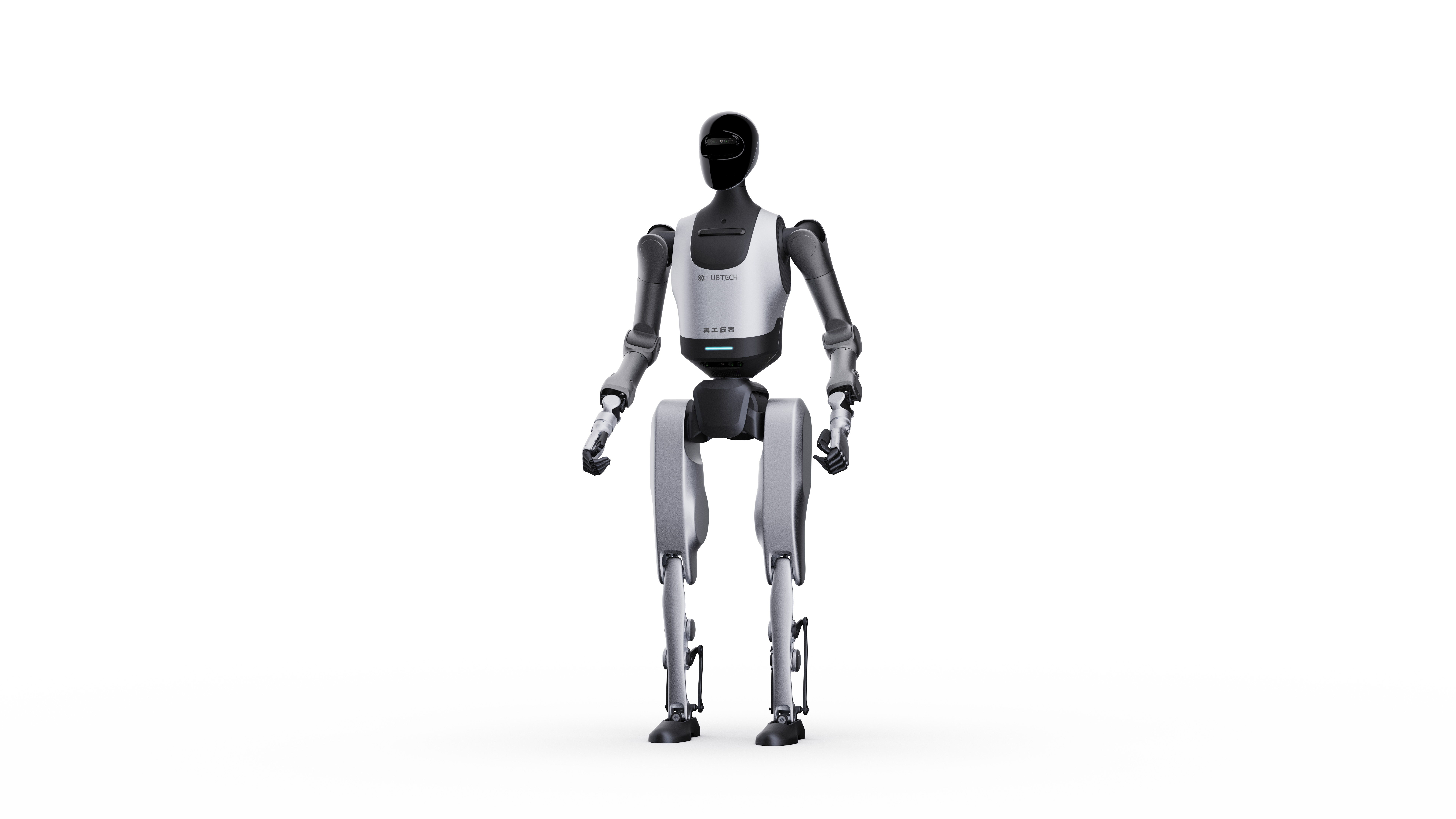interactive robots
Interactive robots represent a groundbreaking advancement in robotics technology, combining artificial intelligence, sensors, and sophisticated programming to create machines that can effectively engage with humans. These robots are designed with advanced perception systems that enable them to recognize faces, interpret vocal commands, and respond to human gestures. They incorporate multiple sensors including cameras, microphones, and touch-sensitive panels to gather environmental data and respond appropriately. The core functionality includes natural language processing for seamless communication, emotion recognition capabilities to gauge human responses, and adaptive learning algorithms that help the robot improve its interactions over time. These robots find applications across various sectors, from educational institutions where they assist in teaching and learning processes, to healthcare facilities where they provide patient care support and companionship. In retail environments, they serve as interactive customer service representatives, while in homes they can function as personal assistants and entertainment devices. The technology behind these robots includes state-of-the-art processors, cloud connectivity for real-time data processing, and sophisticated mobility systems that enable smooth navigation in human environments. Their programming allows for continuous learning and adaptation, making them increasingly effective at understanding and responding to human needs and preferences.

